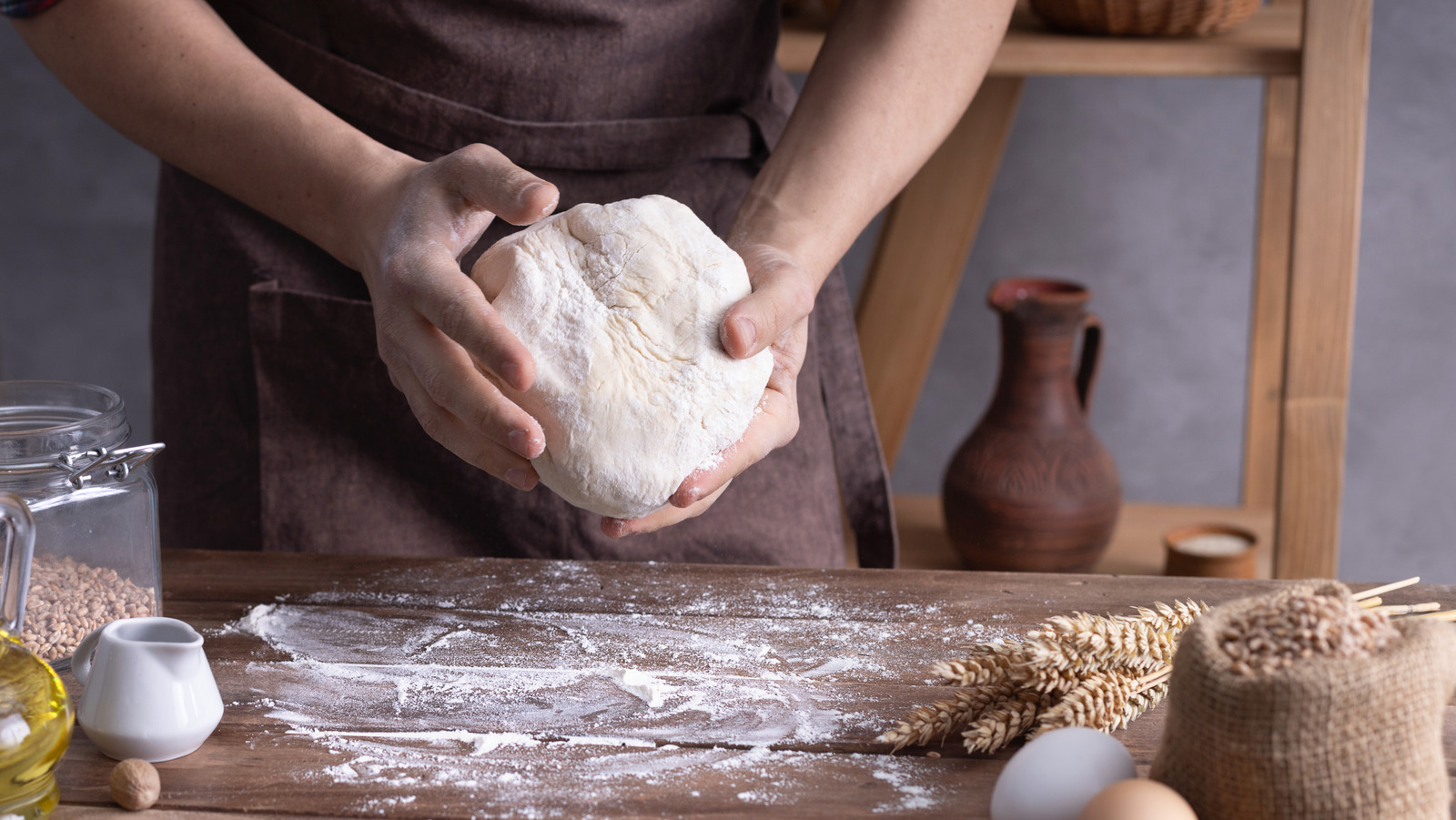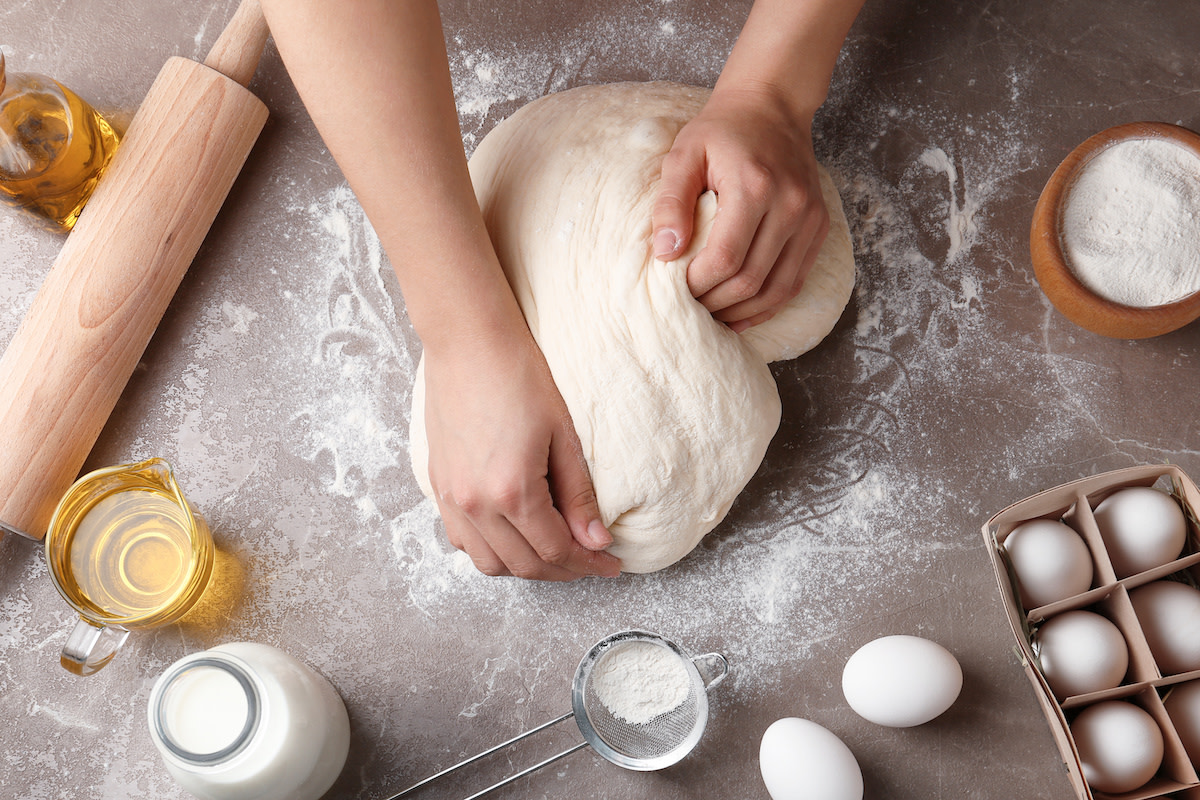The art of baking relies heavily on creating the perfect dough, whether it’s for bread, pastries, or pizza. Bakers have honed their skills over generations, and they have some secrets to share that can elevate your baking game. Let’s uncover the mysteries of achieving the ideal dough with tips from seasoned bakers.
1. High-Quality Ingredients
Start with the best ingredients you can find. High-quality flour, fresh yeast, fine salt, and good fats (like butter or olive oil) make a significant difference in the flavor and texture of your dough.
2. Precise Measurements
Accurate measurements are crucial. Invest in a kitchen scale to weigh your ingredients, especially flour, for consistent results. Baking is a science, and precision matters.
3. Proper Mixing Technique
Kneading or mixing your dough is essential for developing gluten, which gives structure to your baked goods. Follow the recipe’s instructions for kneading time and technique. Over-kneading can result in tough dough.
4. Don’t Rush the Rise
Allow your dough to rise properly. Patience is key. Whether it’s a slow rise in the refrigerator overnight or a warmer rise for a few hours, giving the dough time to ferment enhances flavor and texture.
5. Temperature Matters
Pay attention to the temperature of your ingredients and your kitchen. Cold ingredients can slow down yeast activity, while a warm environment can speed it up. Follow recommended temperature guidelines.
6. Hydration Level
Understanding hydration (the ratio of water to flour) is crucial. Different recipes require different hydration levels. A wetter dough results in an airy crumb, while a drier dough yields a denser texture.
7. Autolyse Technique
Consider using the autolyse technique, which involves mixing flour and water and allowing them to rest before adding other ingredients. This enhances dough elasticity and makes it easier to work with.
8. Folding Technique
Incorporate the folding technique during bulk fermentation. Gently stretch and fold the dough over itself to improve its structure and strength.
9. Fermentation Box
If you’re serious about baking, invest in a fermentation box or proofer. It provides a controlled environment for dough rising, ensuring consistent results.
10. The Windowpane Test
Test your dough’s gluten development with the windowpane test. Stretch a small piece of dough between your fingers; if it forms a thin, translucent membrane without tearing, it’s ready.
11. Steam for Crusty Bread
When baking bread, introduce steam into the oven during the initial phase to create a crispy crust. A pan of hot water or ice cubes can help achieve this.
12. Flour Your Hands, Not the Dough
When handling sticky dough, lightly flour your hands instead of adding more flour to the dough. This prevents over-flouring, which can make the dough tough.
13. Practice Makes Perfect
Baking is a skill that improves with practice. Don’t be discouraged by early failures. Keep experimenting, learning, and adapting your techniques.
Mastering the art of dough-making requires patience, practice, and attention to detail. By incorporating these tips from experienced bakers, you can unlock the secrets to creating perfect dough for a wide range of delicious baked goods. Happy baking! 🍞🥐🍕🥖
